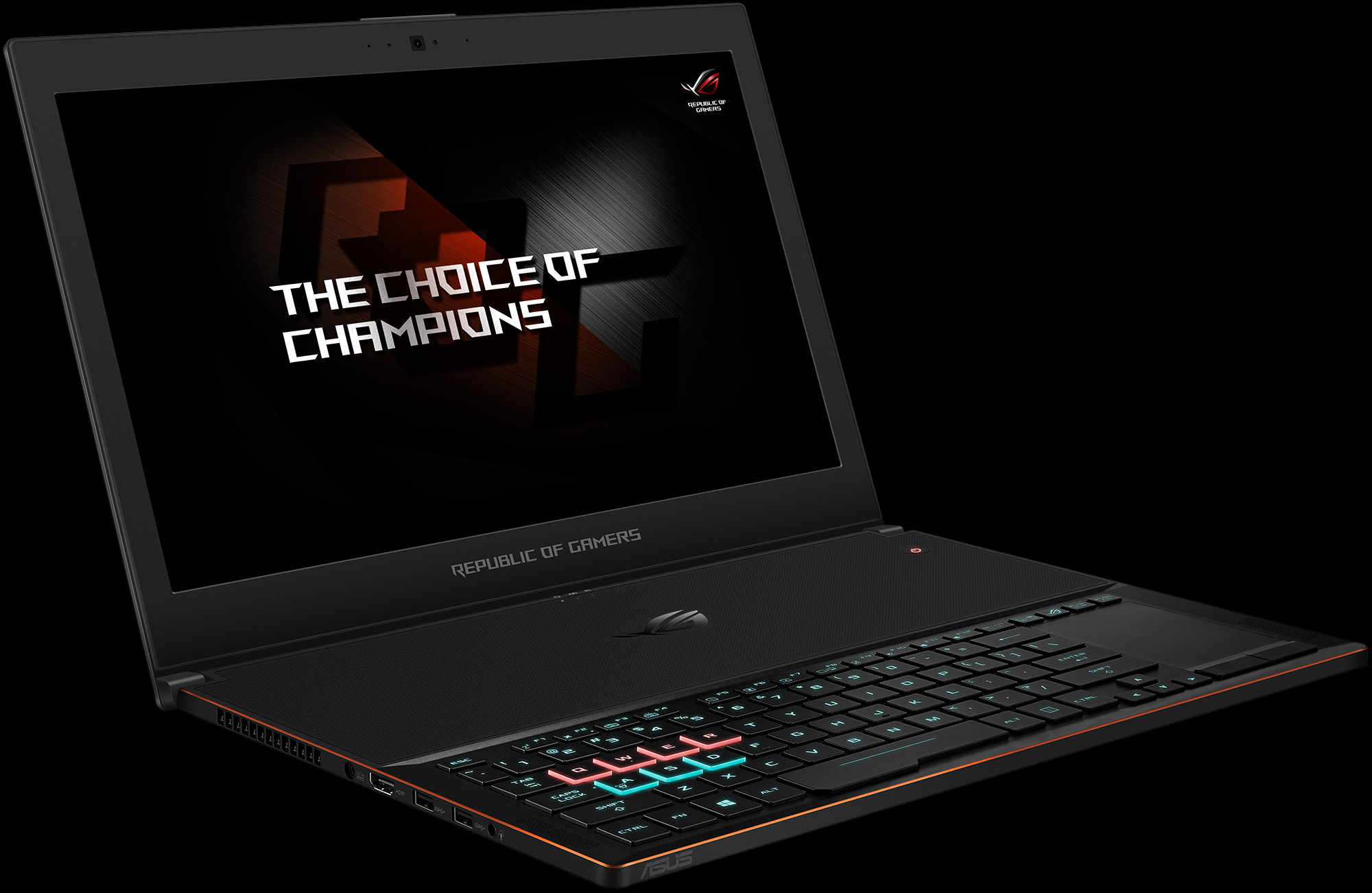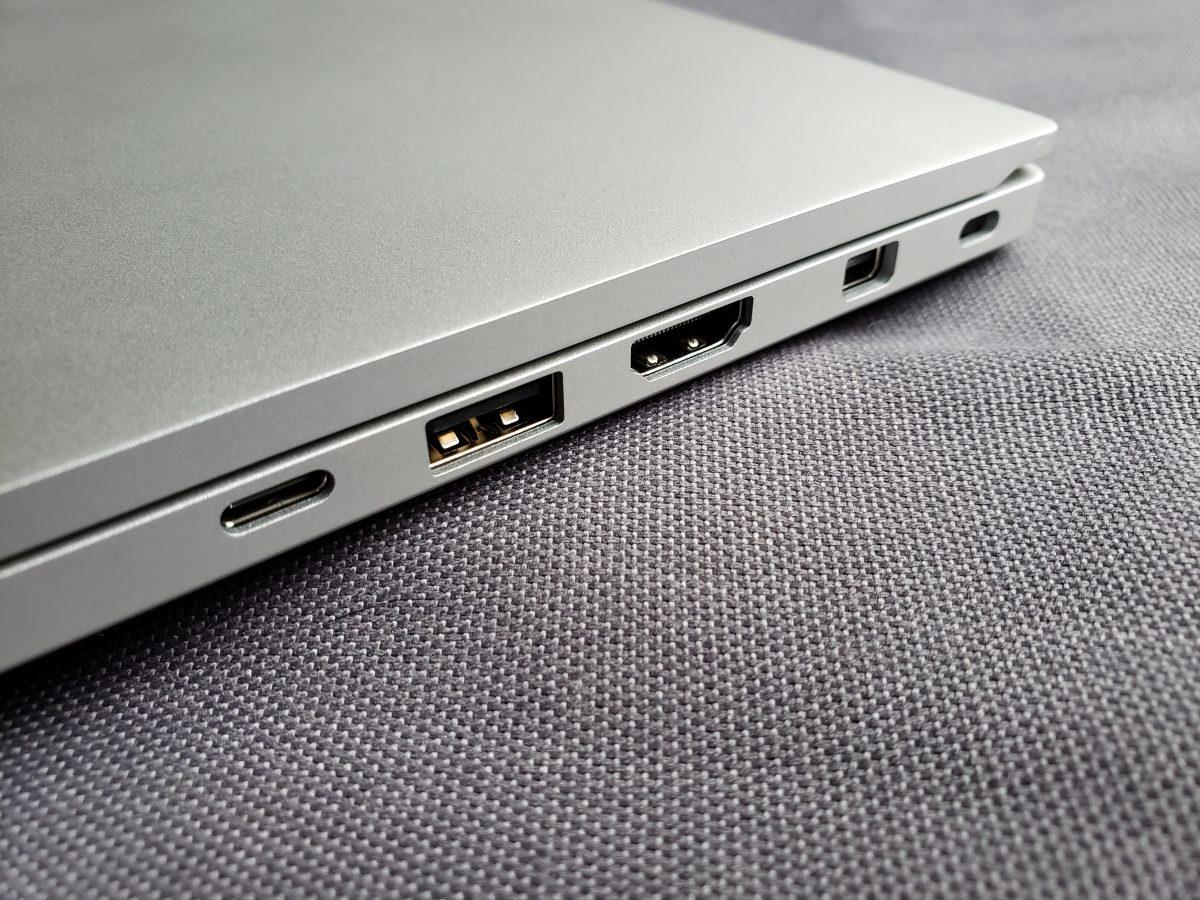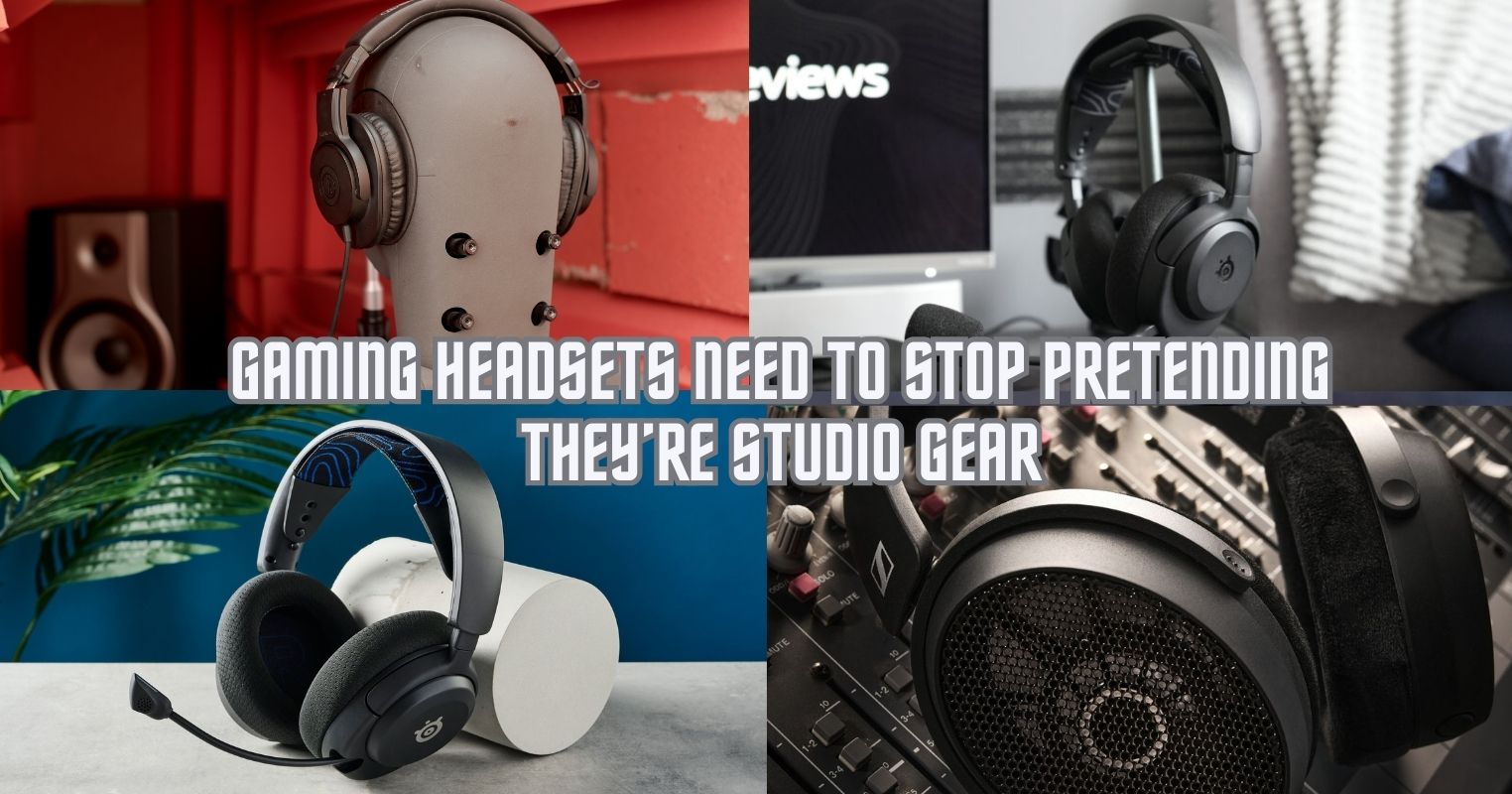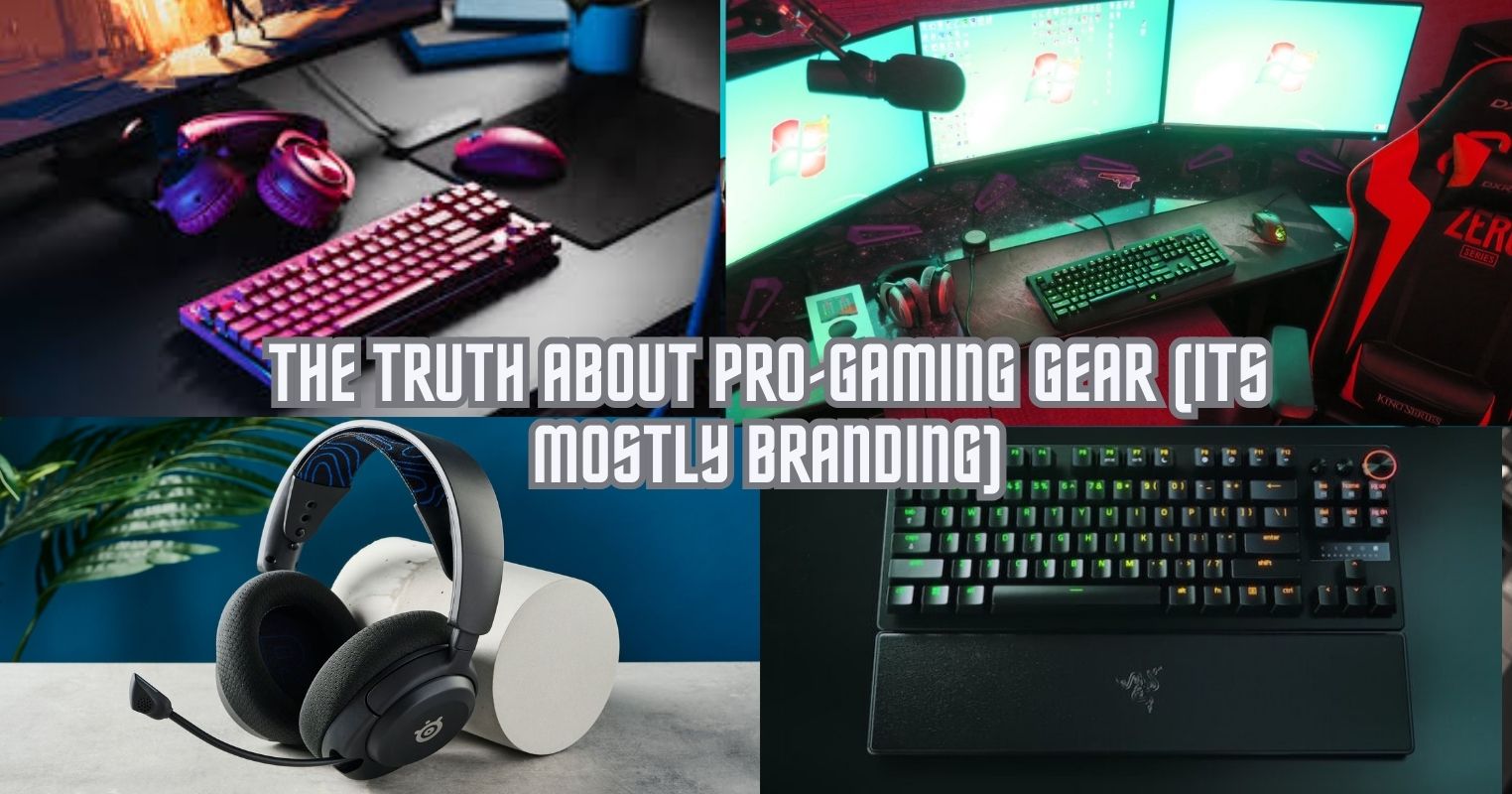- Ultra-thin gaming laptops often experience heating issues due to their slim designs, which limit cooling capacity.
- Smaller batteries and more powerful components drastically reduce battery life.
- A thinner chassis often means compromising durability or useful ports.
- Slightly thicker gaming laptops offer better performance, reliability, and value.
For many years, the gaming industry has been chasing thinner devices as if it were the ultimate sign of innovation. Feather-weight probability and sleeker designs have now become a standard. However, as more gaming laptop manufacturers adopt this philosophy, a harsh reality has become clear.
Slim laptops may look fancy and premium, but they often come with hidden compromises that buyers discover only after making the purchase.
Beneath the aluminium body and minimalist curves lies a design philosophy that frequently goes against high-performance gaming. Let’s dive right into the details.
The Cooling Problem
Cooling is the biggest issue with these laptops. You see, traditional gaming laptops rely on large heat pipes, chunky heat sinks, and high-airflow fans to help dissipate heat through the device. In ultra-thin gaming laptops, these components may be drastically downsized.
Manufacturers try to compensate with high-quality materials, vapour chambers, and precision airflow management, but ultimately, physics and the laws of thermodynamics win.

This leads to one of the issues that gamers dislike the most: “throttling“. When the CPU and GPU reach their thermal limit, the system automatically detects this and reduces performance to protect itself.
This leads to the system stuttering and a drop in frame rates. On paper, these thin laptops often boast heavy-duty hardware, but in practice, they can rarely keep up. When the chassis becomes smaller and has limited ventilation, heat accumulates faster than it can be expelled.
As a result, fans run faster and more aggressively. Moreover, as time passes, the already narrow heat dissipation chambers become even smaller due to dust accumulating in the system, further decreasing cooling capability.
After a few months, the once sleek gaming device becomes a roaring, hot, noisy, throttling machine that can’t function without a laptop cooler.
Battery Trade-offs
Gamers are already aware that high-performance gaming can quickly drain battery life. This situation becomes even more apparent in ultra-thin gaming laptops, which often house smaller batteries.
Manufacturers prioritise slimness and weight, resulting in a sacrifice of battery capacity. When gaming, the battery can drop very fast from full to zero in as little as an hour.

This becomes a significant issue for gamers seeking prolonged gaming sessions. As a result of this issue, gamers are forced to keep the charging plugged in at all times during gaming, which can damage the battery.
Even outside gaming, high refresh rate screens, bright panels, powerful CPUs, and GPUs can quickly drain battery life. These machines are marketed as portable gaming machines, yet ironically remain tethered to electrical outlets most of the time.
Durability and Port Issue
Shrinking a gaming laptop to ultrabook levels has its adverse effects on durability and often requires design compromises that extend beyond cooling. Thinner bodies mean there is less room for reinforcement.
This becomes apparent after a few months of use in the form of fragile hinges and increased susceptibility to overheating. Keyboards in ultra-thin models also have less travel and are less clicky.

On these models, ports are also sacrificed. In the quest for slimness, manufacturers reduce the number of USB ports and Ethernet jacks, which makes these devices reliant on dongles. This is an inconvenience for those gamers who use wired peripherals or those who need a stable internet connection.
Poor Performance
Ultra-thin laptops often advertise impressive specs such as high-core-count CPUs, mobile GPUs, and high refresh rate screens. These components are forced to work at low wattages when placed inside a thin constricting chassis.
What gamers actually get is gaming devices that can deliver peak performance, but for only brief moments. Due to this reason, thicker gaming laptops often beat and outcompete these slim models in long-session benchmarks despite having similar specifications.
Final Thoughts
Ultra-thin gaming laptops are beautiful, convenient, and portable, but when it comes to long-term gaming, they are flawed. All the issues mentioned above point to the same conclusion that high-performance gaming and slimness simply cannot coexist.
A thicker gaming laptop may not fit into your backpack as nicely and may be heavy to carry, but the tradeoff is worth it for those who want actual gaming performance.
Thank you! Please share your positive feedback. 🔋
How could we improve this post? Please Help us. 😔
[Comparisons Expert]
Shehryar Khan, a seasoned PC hardware expert, brings over three years of extensive experience and a deep passion for the world of technology. With a love for building PCs and a genuine enthusiasm for exploring the latest advancements in components, his expertise shines through his work and dedication towards this field. Currently, Shehryar is rocking a custom loop setup for his built.
Get In Touch: shehryar@tech4gamers.com


 Threads
Threads

